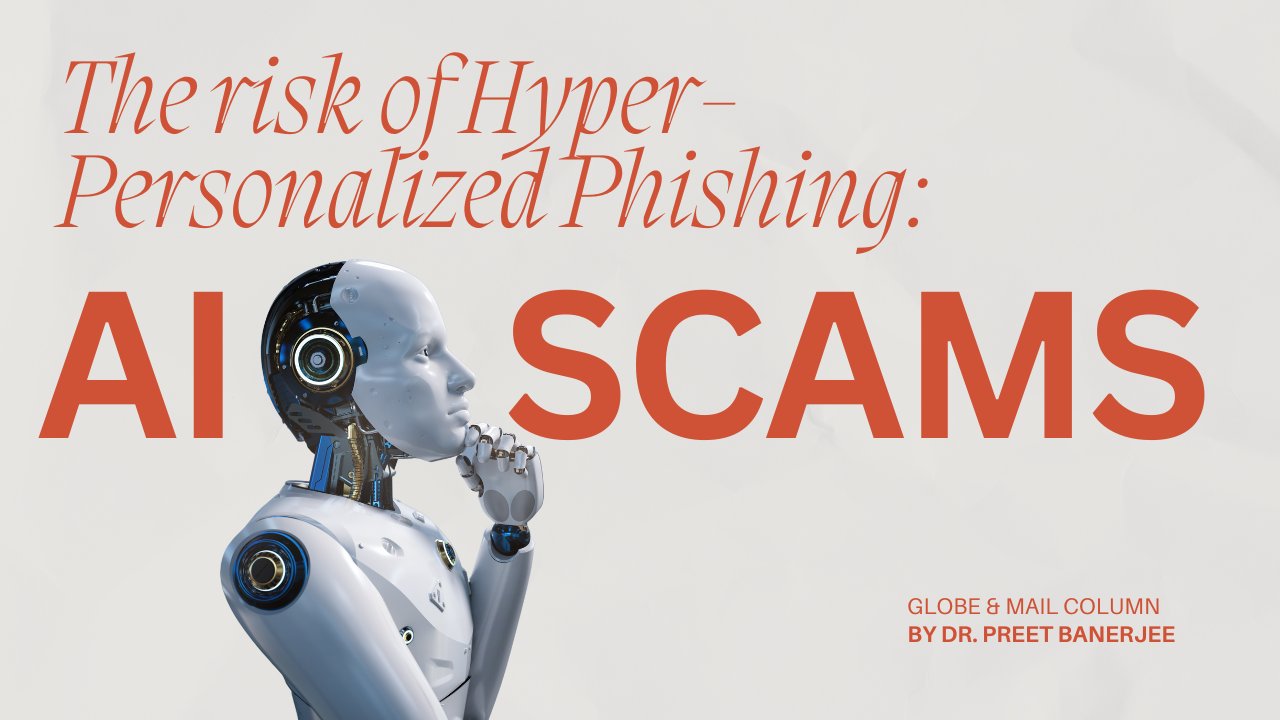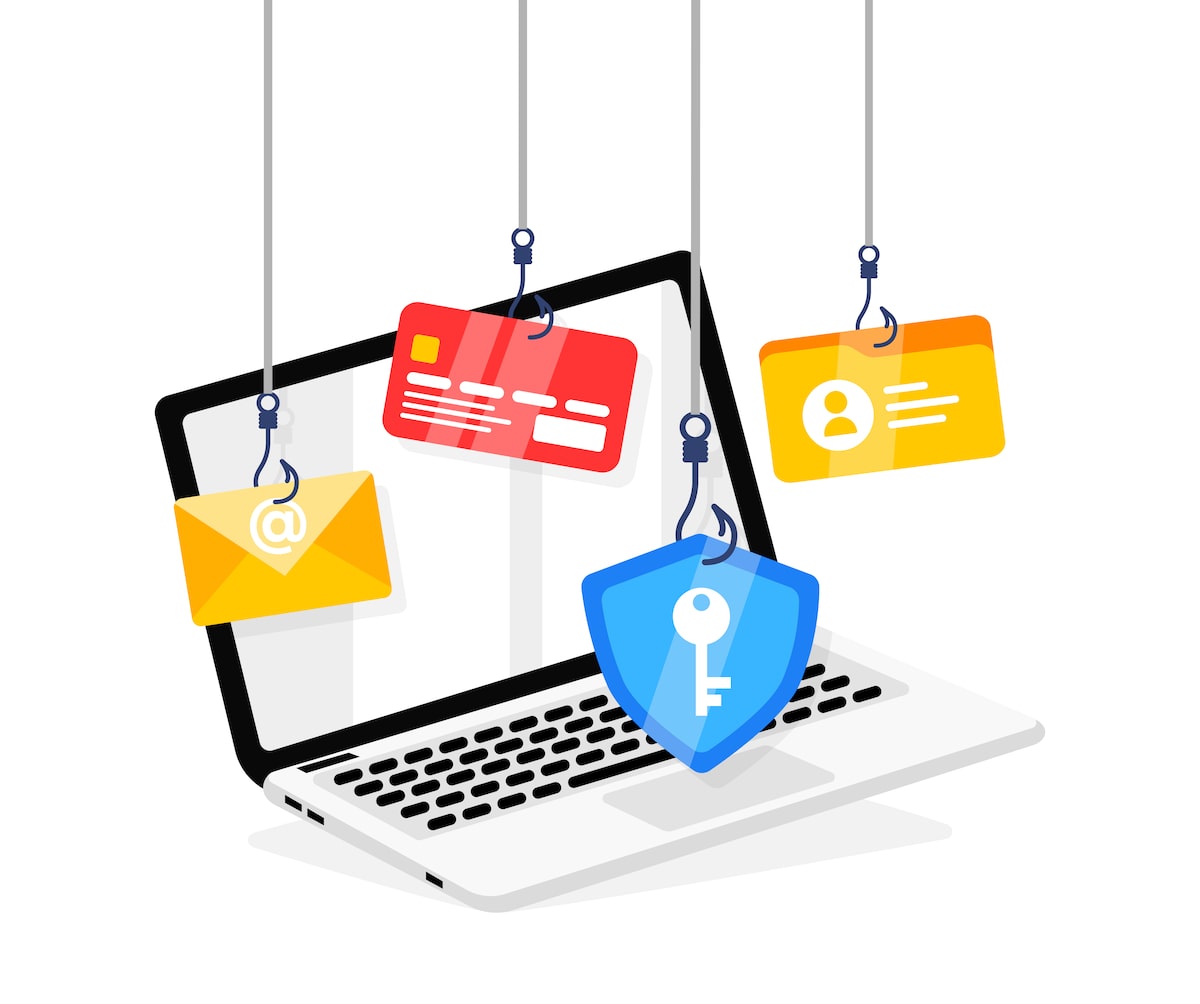AI-Powered Scams: The Rise of Hyper-Personalized Phishing

Imagine sharing exciting news about a new job on LinkedIn, only to receive an email days later from your "new manager" asking for onboarding details. It looks real—it mentions your job title and department—but it's a scam. Welcome to the new era of phishing, where AI tools are making scams more convincing and harder to detect than ever before.
Phishing emails, once generic, are now hyper-personalized thanks to AI. These scams use large language models to scrape personal details from your online presence, crafting emails tailored to your life, interests, or recent activities. Research shows AI-generated phishing emails are as effective as those written by human experts, with click-through rates of 54%, but they’re faster, cheaper, and scalable—making them a goldmine for fraudsters.
The financial stakes are high. In 2022, Canadians reported $531 million in losses due to cybercrimes, with that figure expected to surpass $1 billion by 2028. Worse, only 5-10% of cybercrimes are reported. With AI, phishing has become more profitable, costing fraudsters as little as four cents per email and increasing profitability up to 50 times.
To protect yourself, vigilance is key. Verify senders, scrutinize links, limit your digital footprint, enable multifactor authentication, and stay informed through resources like the Canadian Anti-Fraud Centre.
AI has upped the stakes in cybercrime, but with the right precautions, you can stay one step ahead. Read the full article below for practical tips and deeper insights into this growing threat.




Discussion